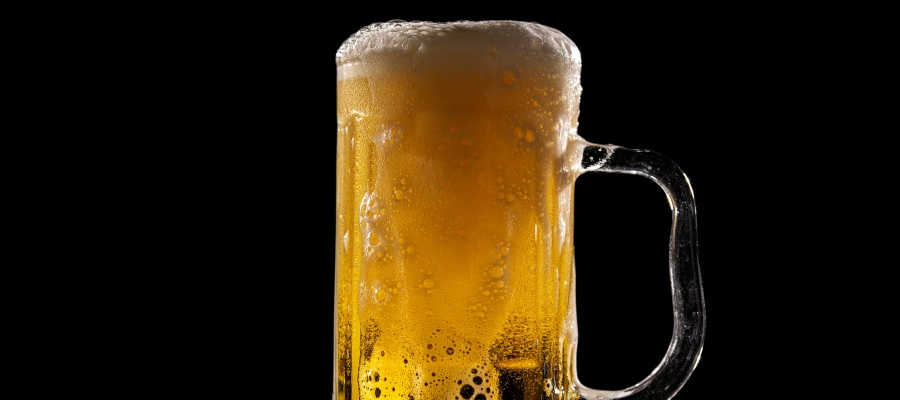Beer is bouncing back across the US on-trade scene, as new data shows the category gaining traction in bars and restaurants, even as overall sales have slightly declined. According to CGA by NIQ’s On Premise Measurement (OPM) service, beer sales have risen significantly over the past two years, reclaiming market share from both spirits and wine.
In the latest figures released for the year ending April 2024, total drinks sales by value across the US on-trade were down by 2.5% compared to the previous 12 months. However, when compared with the same period in 2022, sales were up by 7.3%. Most notably, beer’s share of total sales has grown by 1.5 percentage points over the two-year span, marking a notable shift in consumer drinking habits.
Beer gains at the expense of spirits and wine
The CGA report reveals that beer’s upward trajectory has come largely at the expense of spirits and wine. Spirits saw a 1.4% drop in share, while wine lost 0.3% during the same timeframe. Analysts suggest this trend signals a broader shift in consumer preference toward more accessible and familiar beverage options.
Among the subcategories leading the charge for beer are craft brews, imports, and below-premium labels — indicating that both high-end and value offerings are resonating with consumers. These gains could reflect changing spending habits, especially in the face of ongoing economic pressure, with consumers seeking both quality and affordability.
Nevada leads state-by-state beer surge
While beer’s resurgence is evident nationally, CGA’s state-by-state analysis highlights notable regional differences. Nevada posted the most significant growth, with beer’s share of on-trade sales rising 4.3% year-on-year. This suggests a strong opportunity for brewers and bar operators to capitalize on consumer demand in the region.
Other states showing positive beer share growth include California (up 0.8%), New York (up 1.6%), and Colorado (up 1.2%). In contrast, some states have seen a marginal dip in beer sales, with Texas (down 0.6%), Florida (down 0.2%), and Georgia (down 0.9%) experiencing small declines. These figures show that while the national picture is positive for beer, the story varies across different markets.
Spirits and wine face regional challenges
The data also indicates mixed performance for spirits and wine. In Georgia, the spirits category managed to gain 1.0% share, driven largely by the strong performance of Tequila. Wine, meanwhile, experienced only modest growth in traditionally strong markets like California (up 0.4%), Texas (up 0.5%), and Florida (up 0.3%). These figures reflect an increasingly fragmented market where category success depends on regional preferences.
Despite these pockets of growth, wine and spirits as a whole are losing ground, suggesting that both categories may need to adapt strategies to keep pace with beer’s resurgence.
Strategy and adaptability key in competitive market
Matthew Crompton, regional director – North America for CGA by NIQ, emphasized the importance of staying agile in response to consumer shifts. “It’s encouraging to see drinks sales through chains have recovered well since the upheaval of Covid-19 — especially for beer brands. However, pressure on consumers’ spending continues to make trading conditions difficult,” Crompton noted.
He advised that suppliers and venue operators take a granular approach to tracking trends, especially at a state level. “In such a competitive environment, suppliers need to understand the very latest trends in demand and respond nimbly to changing preferences from state to state,” he said.
CGA’s research aims to provide insights that enable drinks businesses to fine-tune their strategies, adapt local tactics, and identify where real growth opportunities lie. For beer producers, especially, the message is clear: beer is back on the rise, but success will depend on knowing where — and how — to seize the moment.


